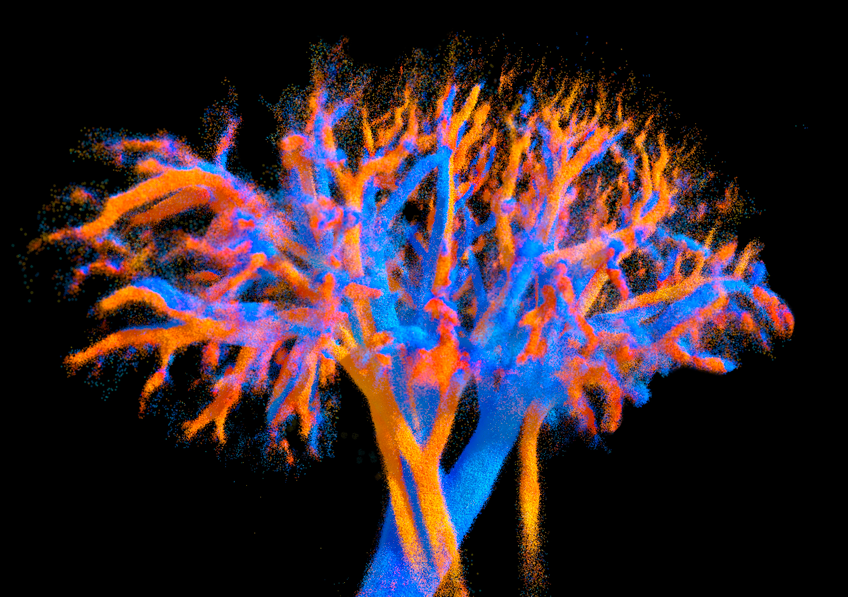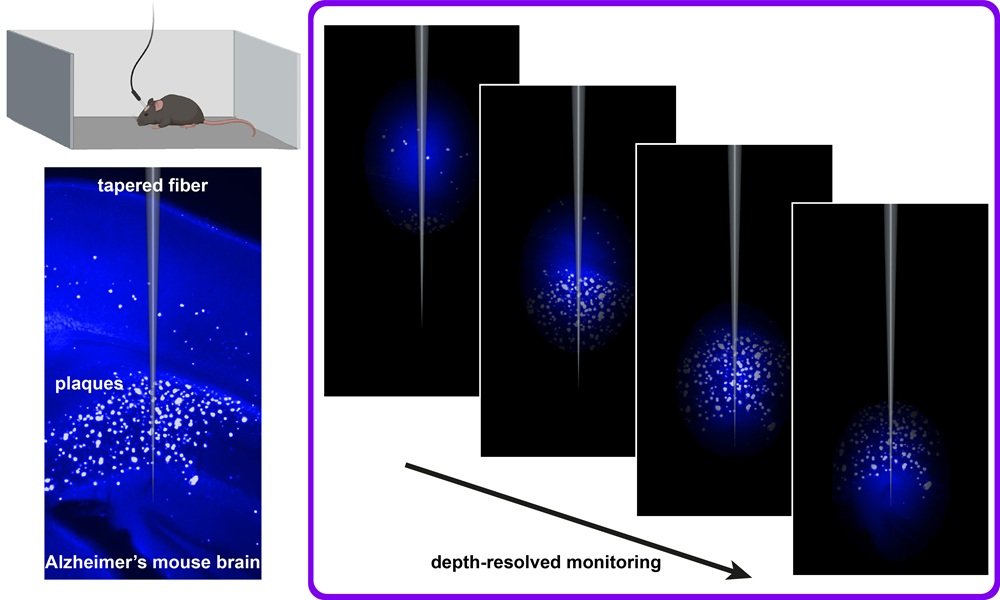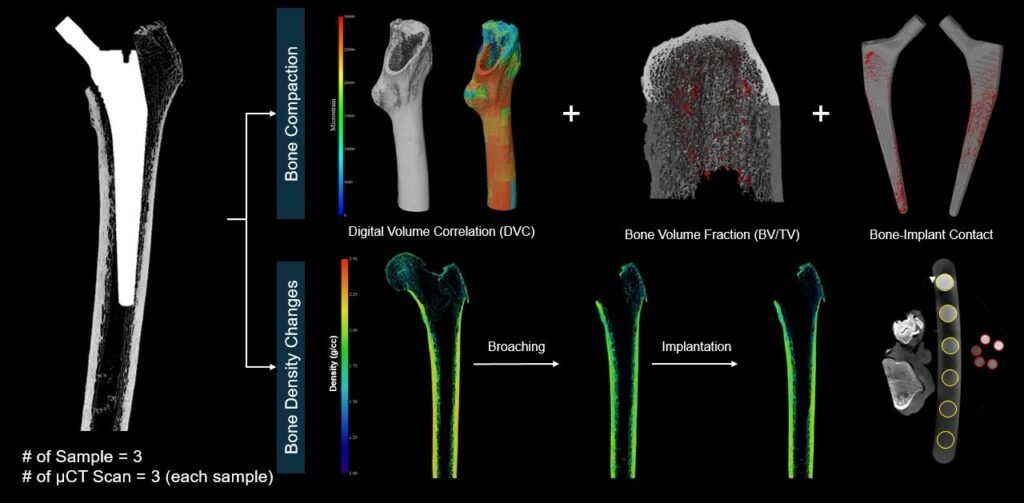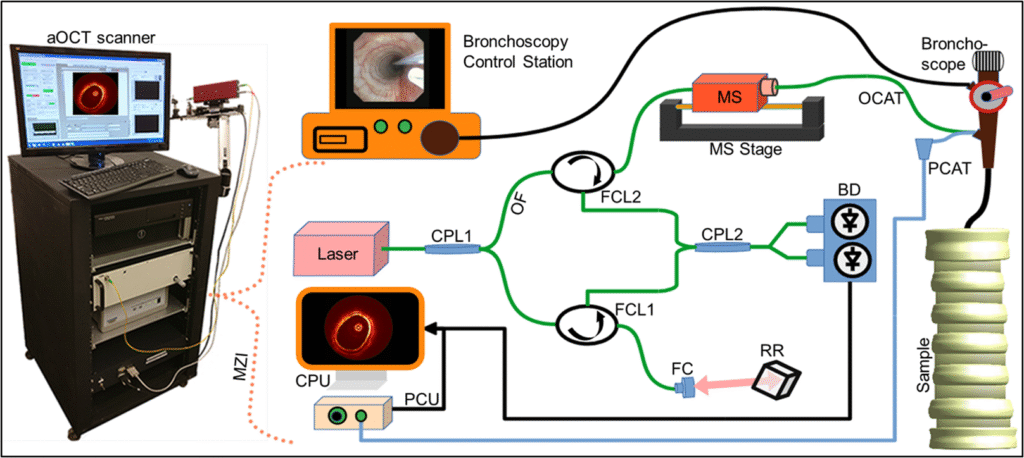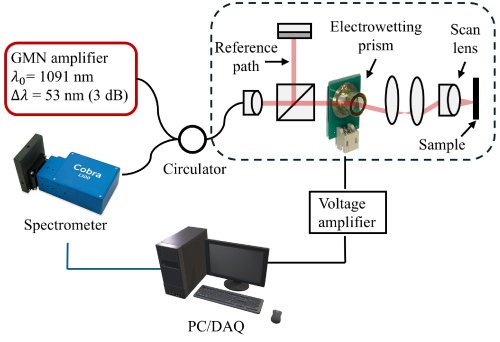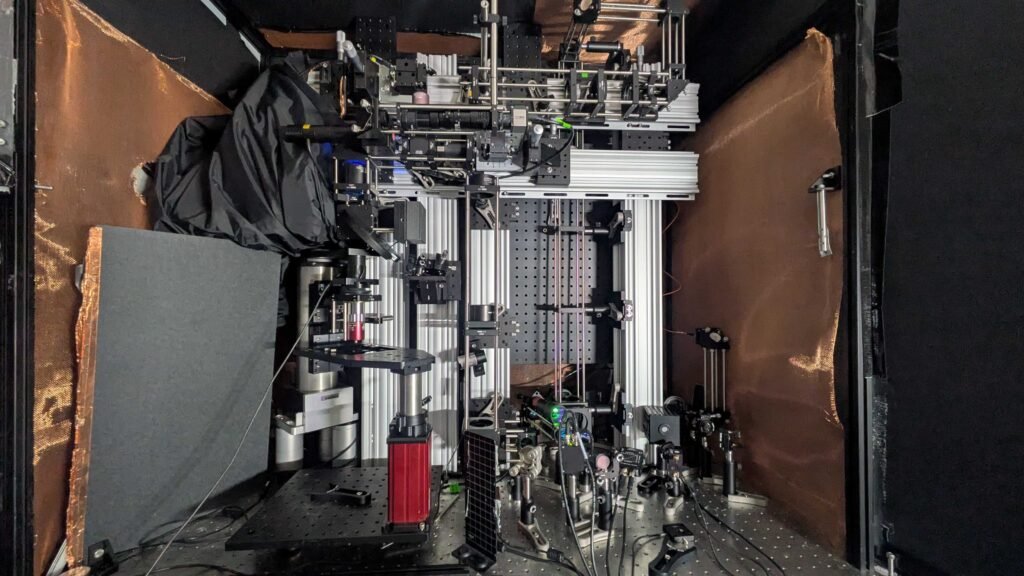High‑Resolution Brain PET Scanner Expands Research Frontiers
At the Yale School of Medicine, researchers are testing the “NeuroEXPLORER” (NX), an ultra high‑performance brain‑dedicated PET scanner that is redefining what is possible in brain imaging. Installed in 2023, the NX offers ten times the sensitivity and more than […]
High‑Resolution Brain PET Scanner Expands Research Frontiers Read More »




